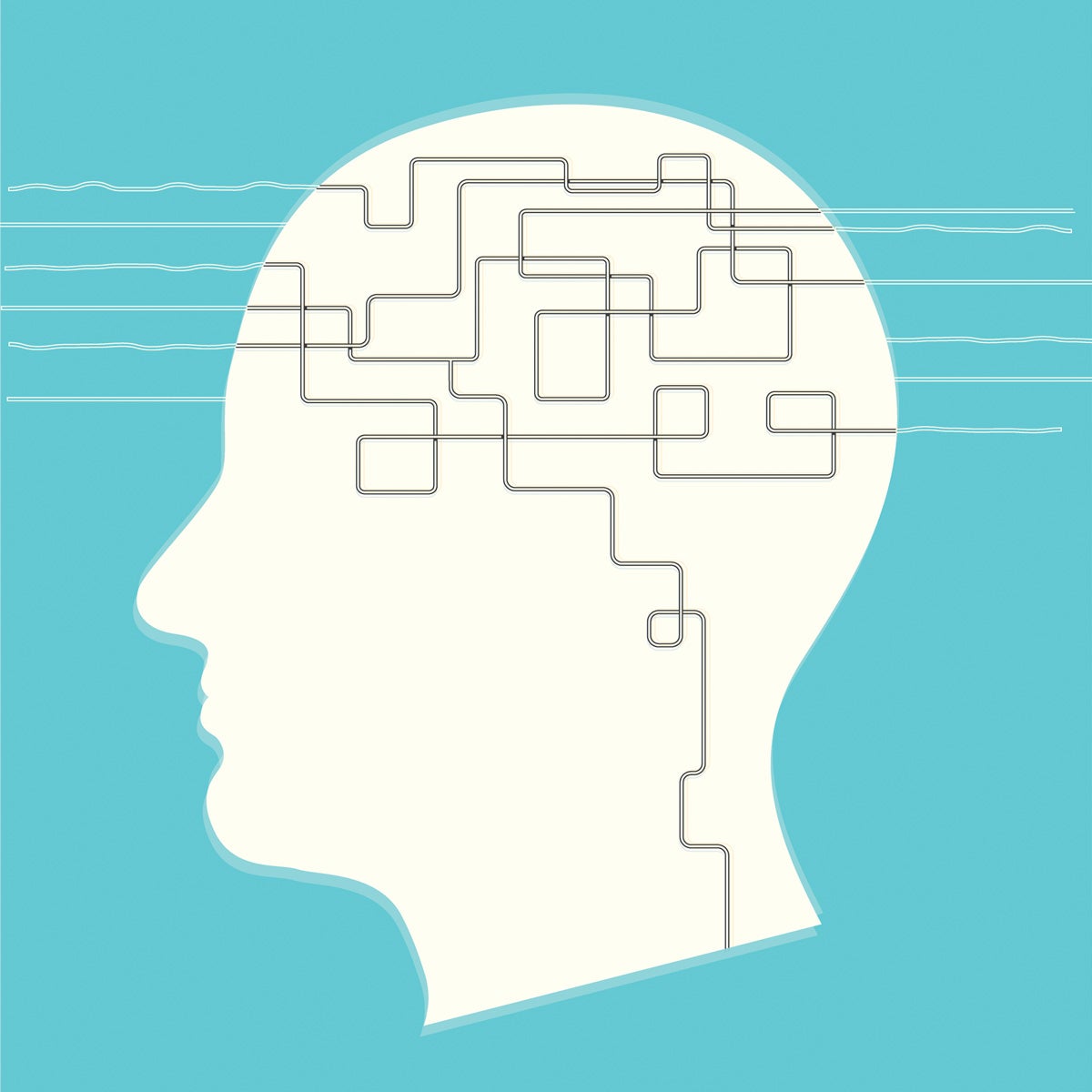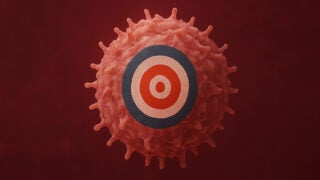When Epilepsy Has No Easy Answers, They Aim to Help
People with complex epilepsy in Central and Southern California have a new team of medical experts to turn to.
Daniel Higaredo’s epileptic seizures came on so unpredictably and uncontrollably that he couldn’t work or drive. Over his four decades of life, epilepsy had drawn an ever-constricting circle around him.
His seizures started soon after he was born. When he hit his teens, his epilepsy subsided enough that he could take a job in a fast food restaurant. Then they returned so violently he had to quit. The doctors he consulted near his Central Valley home in Bakersfield, California, prescribed medications. None of them calmed the electrical storms in his brain for long.
Some 50 million people worldwide live with epilepsy, according to the World Health Organization, and Higaredo is one of them. His condition causes convulsive, uncontrollable seizures. Antiseizure drugs can control the neurological condition for about two-thirds of people, but Higaredo isn’t among them. Patients in the remaining third have what’s called refractory epilepsy, which requires teams of specialists. This type of care, however, can be tough to find outside big cities.
But Higaredo wasn’t ready to give up. In 2018, he told his daughter, Amanda Shaffer, that he wanted to find a new doctor. It would turn out to be a fortuitous decision.
FROM THE CENTRAL VALLEY TO ORANGE COUNTY
At about the same time, a group of epilepsy experts were launching the USC Epilepsy Care Consortium. This collaboration of six independent, comprehensive centers in Southern California aims to bring excellent care to patients with epilepsy regardless of their age, location or socioeconomic background, says co-founder Charles Liu. He is a Keck Medicine of USC neurosurgeon and director of the USC Neurorestoration Center.
One of the member centers is the USC Comprehensive Epilepsy Center on the USC Health Sciences Campus in east Los Angeles. The National Association of Epilepsy Centers (NAEC) has designated USC’s center a Level 4 — its highest rating — because its physicians can provide expert care for the most complex cases. The center also sees more epilepsy patients than almost any other in the world.
USC offered the resources that Higaredo needed, but he didn’t know how to tap into them. California’s Central Valley is only a two-hour drive away, but from his perspective, it could have been on the moon.
That’s the problem that Liu and his colleague Christianne Heck MD ’91, MMM ’05, director of the USC Comprehensive Epilepsy Center, began confronting 15 years ago. “Patients in the community weren’t getting the care they needed,” Heck says.
Small hospitals and centers often have few consistent connections to doctors experienced in handling complicated, puzzling cases. And patients often struggle to find specialists on their own. As a result, USC physicians began reaching out to other centers to partner with them and get the appropriate care to more patients, sooner.
STRONGER TOGETHER
Joined by other epilepsy specialists at USC, the group aligned physicians at Keck Hospital of USC and Los Angeles County+USC Medical Center. Next, they established an epilepsy center at Rancho Los Amigos National Rehabilitation Center for patients served by the L.A. County Department of Health Services and its vast system of hospitals, health centers and community clinics. Children’s Hospital Los Angeles and Hoag Hospital in Newport Beach soon joined in.
Then came the step that would change the life of Daniel Higaredo and other epilepsy patients in California’s Central Valley. The physicians partnered with Kern Medical in Bakersfield to establish the first epilepsy program of its kind for adults in the vast agricultural area. For neurologist Hari K. Veedu, medical director of the Kern Medical Epilepsy Center, it was an idea long overdue.
“Most of the medical and surgical advances being discussed in national and international conferences are largely irrelevant to patients in rural regions, which lack basic epilepsy care, much less comprehensive epilepsy centers,” Veedu says. “That is, until we opened our epilepsy center.”
By the time Higaredo arrived at the Kern Medical Epilepsy Monitoring Unit, the program was already on its way to earning Level 3 status from the NAEC. The USC Epilepsy Care Consortium recently welcomed its sixth member, Valley Children’s Hospital in Madera, giving Central Valley patients of all ages an entry to comprehensive care. With USC as the academic core, the consortium spans across medical settings: urban and rural, public and private, adult and pediatric. “Our members are all NAEC-certified and represent nearly one-third of all certified epilepsy centers in California,” Liu says. “There is no other model of care for epilepsy like this in the world.”
Higaredo didn’t know any of that history. He just wanted his life back.

THE CHANCE FOR CHANGE
Inside the monitoring unit in Bakersfield, Higaredo underwent video electroencephalographic monitoring. In this test, electrodes attached to the scalp record brain waves. The test showed that Higaredo’s seizures concentrated in his left temporal lobe.
Veedu took these results to the consortium’s weekly surgical conference. Every Wednesday, specialists from each of the six participating centers gather to talk about their complex cases. Some physicians meet in person at USC, while others, like Veedu, consult by teleconference.
“We discuss the best strategy for each patient,” Liu says. “By the time that patient arrives at our center for some aspect of their care, we already know them.”
The result is a systematic plan of care for each patient. Through its resource-sharing strategy, the consortium offers the combined expertise of its six centers. Patients can move from center to center to receive the resources they need. “We help our patients navigate every phase of their care,” Veedu says.
An electronic data-reporting system tracks each patient’s visits and consultations with consortium health care providers, so the entire team can coordinate care. For Higaredo, physicians recommended two sophisticated tests at the USC Comprehensive Epilepsy Center that helped them plan treatment.
One, called the Wada test, is important for protecting memory and communication. It determines whether a patient’s language function is housed on the right or left side of the brain, and which side of the brain has better memory. The second was neuropsychological testing, which pinpoints the areas of the brain that have been affected by seizure activity. Other patients may benefit from a new diagnostic test that measures changes in blood flow to the brain that can trigger seizures.
When Higaredo and his daughter arrived at USC, they experienced a “seamless process,” she says. “It was all so easy and reassuring. The whole team was great.”
A NEW CHAPTER
Back in Bakersfield after his tests, Higaredo underwent surgery at Kern Medical Center in March. For Veedu, Higaredo’s journey of care represents the best of what the consortium offers patients: care close to home, drawing from the collective expertise of top epilepsy physicians.
And each patient’s case is different. Some patients complete all necessary testing near their homes and then travel to USC for treatment unavailable nearby. Advanced treatments available at the USC Comprehensive Epilepsy Center include what are called responsive neurostimulation devices. These devices act like a sort of pacemaker for the brain, short-circuiting seizures before they happen. Keck Medicine of USC helped pioneer this therapy through clinical trials.
The center also offers laser interstitial thermal therapy, a minimally invasive surgery that uses heat to destroy the region of the brain where seizures begin. These advances have added up to the one outcome that matters to Higaredo: “I feel really good.”
Now 44, he hasn’t had a single seizure since his surgery. He can finally make plans, with hopes to be more active and social, and maybe even start a job.
“I’m excited for him,” daughter Amanda says. “He’ll be able to have a much happier life.”



